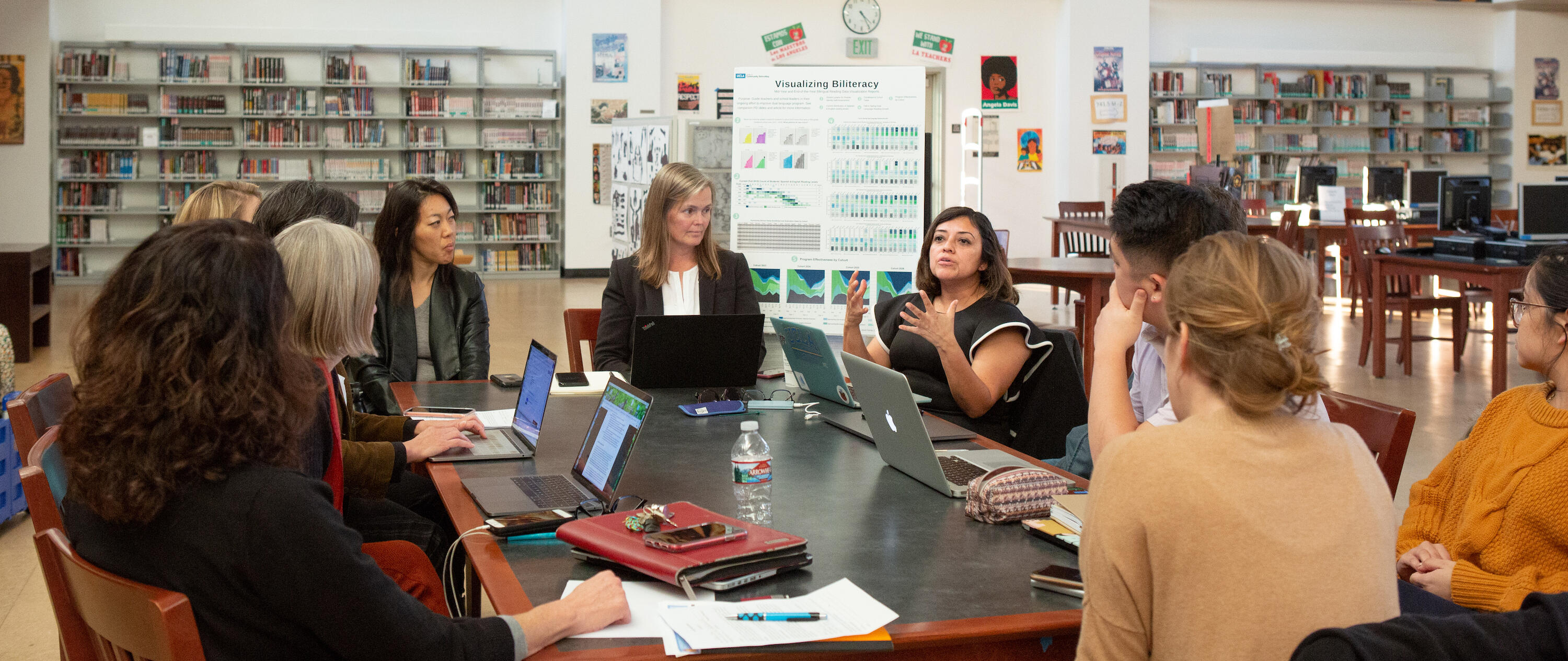What is the role of community school leaders, and what are the conditions that lead to successful community schools?
Community school leaders collaborate with teams including teachers and staff, community school coordinators, families, and community-based partners, and create essential structures to guide a collective vision. These include:
- Collaborative leadership: The community school strategy requires leaders who embrace collaborative leadership, fostering a culture where educators, community members, families, and students work together toward shared goals, creating a cohesive and supportive learning environment.
- Creating a culture of belonging: Successful community schools prioritize creating a culture of belonging, where leaders play a key role in fostering an inclusive school community. This ensures every student, family, and staff member feels valued and connected, contributing significantly to positive academic and developmental outcomes.
- Creating partnerships with families and the community: Community schools thrive on partnerships, and effective leaders actively cultivate relationships with families and the broader community. By establishing strong connections, leaders can mobilize resources, support, and engagement, positively impacting student learning and socio-emotional development.
- Developing teachers and staff: A fundamental aspect of community school leadership is the commitment to developing teachers and staff. Leaders collaboratively work with educators to provide professional development opportunities, support, and resources, enhancing their effectiveness in meeting the diverse needs of students.
The success of any community school strategy hinges on the dynamic and synergistic relationships among all stakeholders, each contributing their unique strengths and perspectives. In this context, site administrators, teacher leaders, community school coordinators, families, and community-based organizations form a collaborative network that is integral to the strategy's effectiveness. Through open communication, shared goals, and a collective commitment to the well-being of students, this collaborative effort becomes a driving force in creating a nurturing and empowering educational environment.
In this immersive two-part series, participants will:
- Visit Bay Area community schools
- Unpack and explore the conditions that foster Community School Transformation—including trusting relationships, shared vision, actionable data, and inclusive decision-making
- Reflect on what is needed for these conditions to drive coherent community school practices in their school contexts
- Meet and share ideas with other Bay Area community school teams
